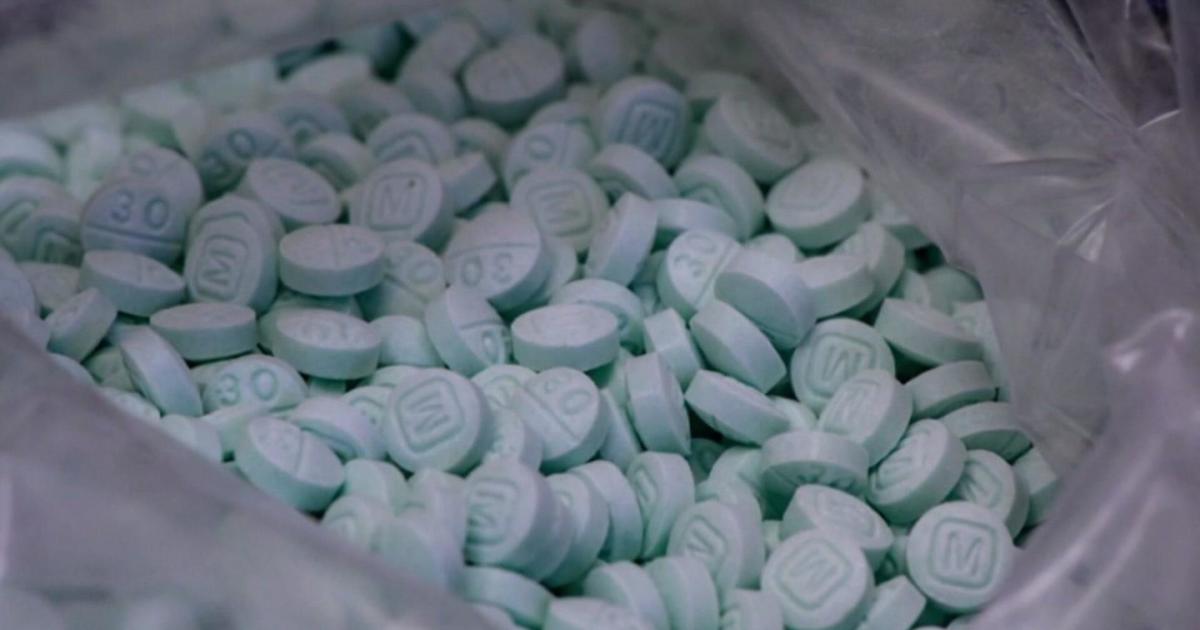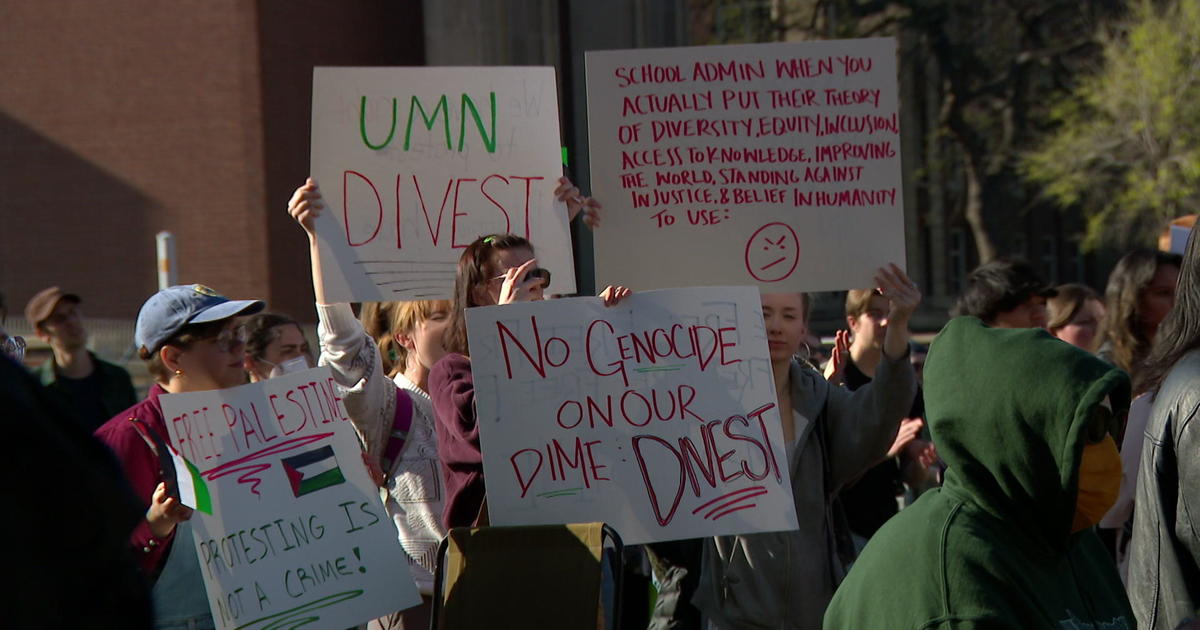Good Question: What Happens During A Seizure?
MINNEAPOLIS (WCCO) -- For Gopher football coach Jerry Kill, the sudden spike in seizures has been a mystery. For scientists looking into seizures, the inner-workings of the brain is always a mystery. So what is a seizure and what happens inside the brain?
"Everything gets excited, everything gets stimulated like being hit by lightning," said Dr. Michael Frost, a neurologist with Minnesota Epilepsy Group in St. Paul.
According to Frost, not all seizures are epilepsy, but most seizures that aren't linked to diabetes are.
He explained epilepsy as "somebody who's had at least a seizure and is at risk for more."
In Minnesota, 60,000 people have epilepsy, according to the Epilepsy Foundation of Minnesota. The problems begin in one of the brain's neurons.
"The neuron is misfiring or the neuron on the receiving is not receiving the message correctly or acting correctly," Frost said.
The extra electrical activity makes it impossible for the brain to process its normal signals.
Seventy percent of the time, medication can be used to bring the brain's electrical levels into balance. But when drugs don't work, surgery offers a solution.
"[Misfiring neurons] can be removed if you can map it out. You do treat and cure epilepsy by removing the bad area of the brain," Frost said.
The cause of seizures is varied: from traumatic injuries, to brain tumors, birth defects and a genetic predispositions.
Jerry Kill developed seizures after a cancer diagnosis in 2005. He's noted that he's still walking and coaching, after having a five-day stretch with 20 seizures.
"There are kids … that have hundreds of seizures a day," Frost said.
But just as repeated power surges will zap a computer, there can be a danger in having repeated seizures.
"No seizure is good for the brain," Frost said.
There are about 20 different drugs to treat seizures, and the main difference is the side effects.
Melissa D. Becker, communications director for the Epilepsy Foundation of Minnesota, said people with epilepsy consider coach Kill a hero.
"We've heard from hundreds of people we serve, saying … how glad they are to see local media bringing epilepsy/seizure disorders out from behind the shadows," she said.
Others who've thrived with seizures include: Leonardo da Vinci, Elizabeth Taylor, Charles Dickens, Supreme Court Chief Justice John Roberts, Senator Ted Kennedy, Fyodor Dostoyevsky and Prince.



